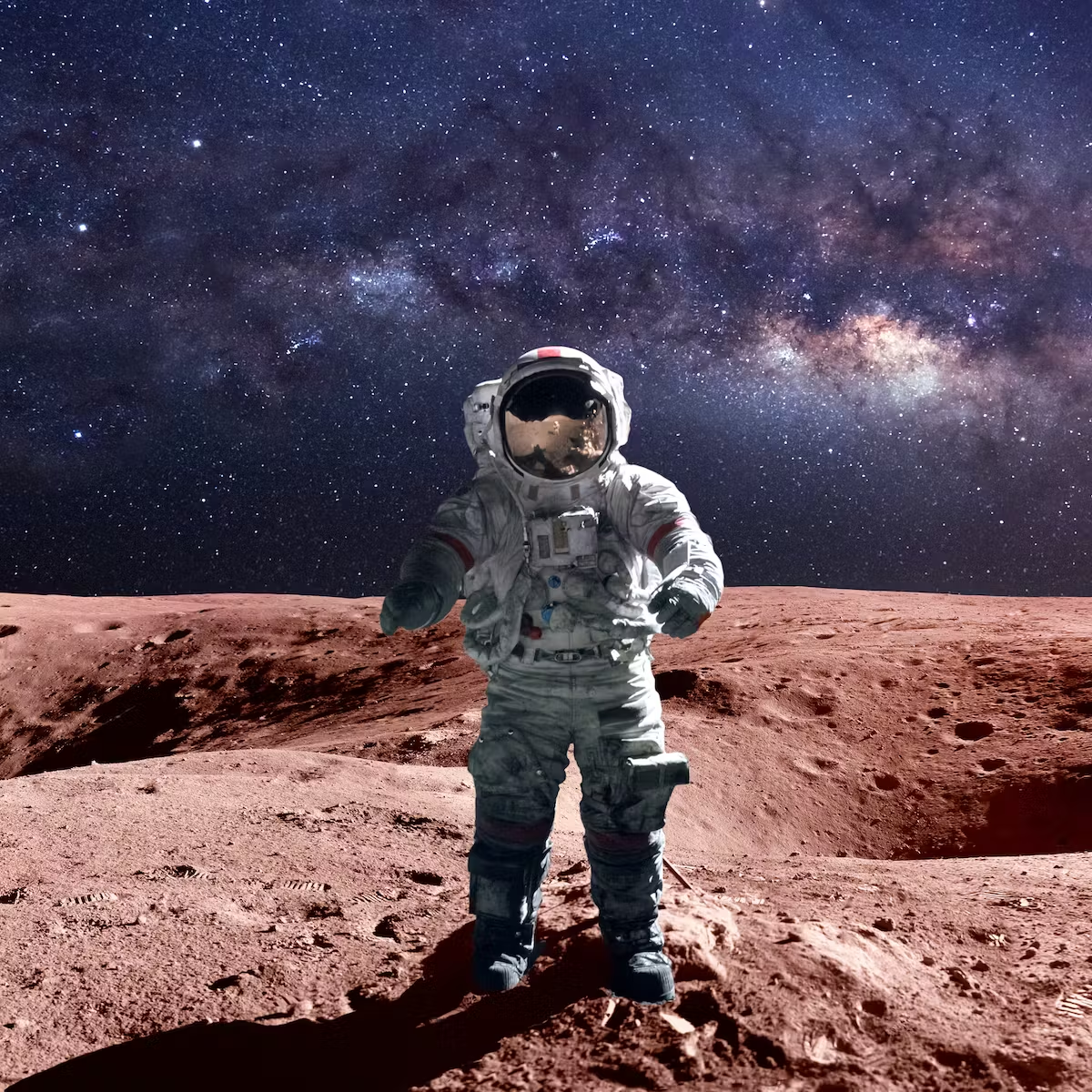About Astronomy
Astronomy is the scientific study of celestial objects, such as stars, planets, galaxies, and other phenomena that exist outside of Earth's atmosphere. It is one of the oldest natural sciences, with a rich history dating back thousands of years. Astronomy involves observing and understanding the physical properties, movements, and interactions of celestial objects. Scientists use various tools and techniques to study these objects, including telescopes, satellites, space probes, and computer simulations. Here are some key aspects and areas of study in astronomy: Celestial Objects: Astronomers study a wide range of celestial objects, including stars, planets, moons, asteroids, comets, galaxies, and nebulae. Each type of object has its own unique properties and characteristics. Stellar Evolution: The life cycles of stars, from their formation through various stages to their ultimate fate, is a major focus in astronomy. This includes understanding processes such as nuclear fusion, supernovae, and the formation of black holes and neutron stars. Planetary Science: This field involves the study of planets, their moons, and other objects within our solar system. It includes investigating planetary composition, atmospheres, geological processes, and the possibility of extraterrestrial life.

